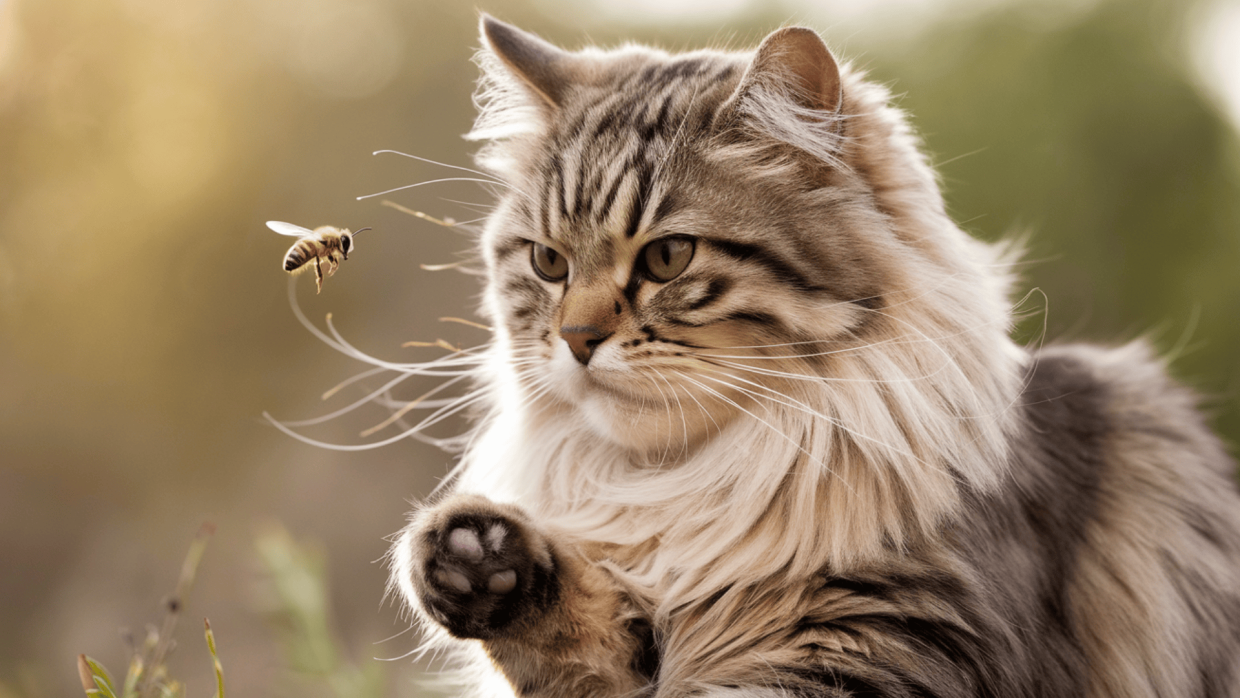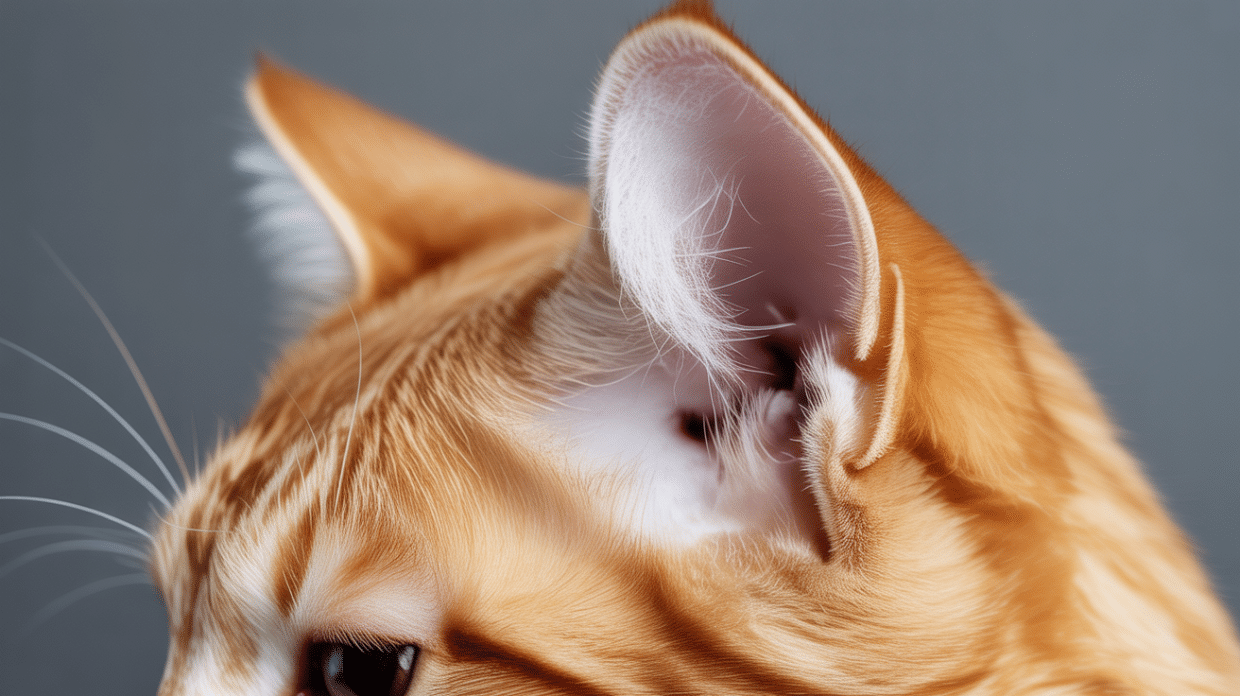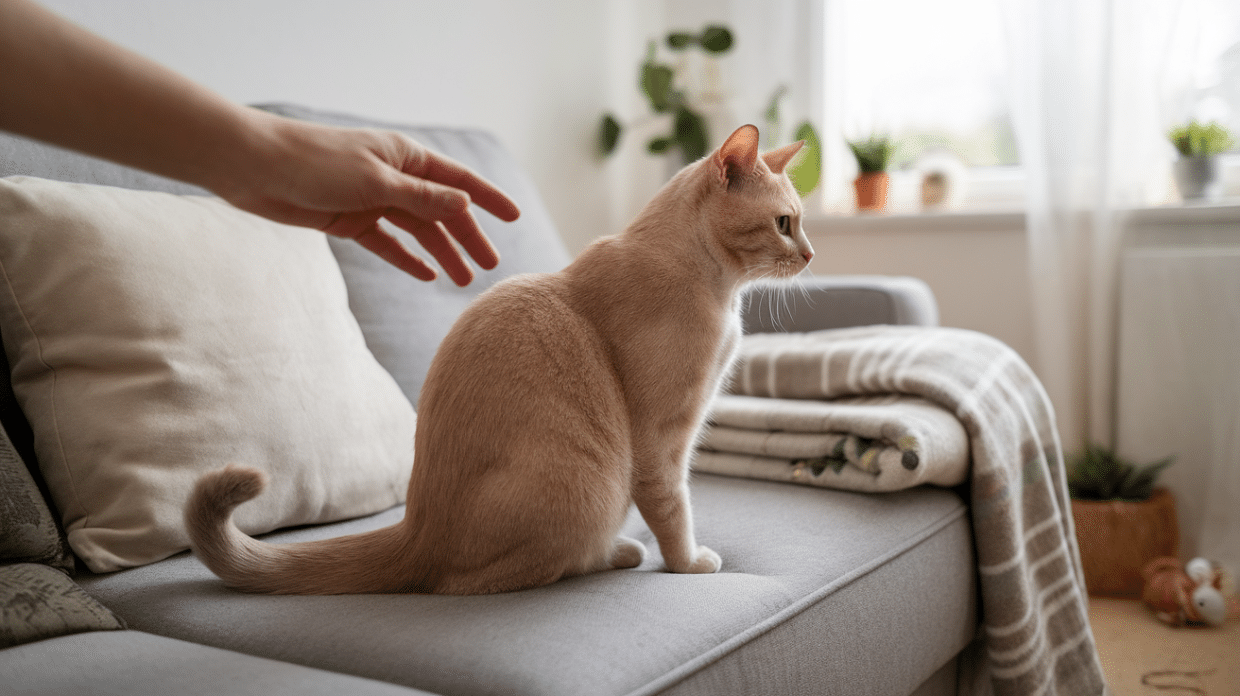Cats are curious animals.
They love chasing small, moving things, including bees. If a cat paws at or bites a bee, it might get stung. Most bee stings cause mild swelling and discomfort, usually going away in a few hours.
Some cats, however, have allergic reactions. Severe swelling, trouble breathing, or vomiting can be signs of a serious problem. In rare cases, a sting can cause a life-threatening reaction.
Knowing what to do after a sting helps keep your cat safe. Simple home treatments can ease pain and swelling, but in some cases, a vet visit is necessary.
Understanding symptoms and treatment options can help you act quickly when your cat gets stung.
How to Tell if Your Cat Was Stung by a Bee
Common Symptoms of a Bee Sting
Most bee stings cause mild discomfort. Your cat may react quickly after getting stung. Look for these signs:
- Sudden pawing at the face or body
- Swelling at the sting site (face, paw, or body)
- Redness and irritation
- Licking or biting the affected area
- Mild pain or discomfort
- Temporary limping (if stung on the paw)
These symptoms usually disappear in a few hours. However, some cats may need a little extra care to feel better.
Severe Symptoms
In some cases, a bee sting can cause a serious reaction. Call a vet if your cat shows any of these signs:
- Excessive swelling spreading beyond the sting area
- Trouble breathing or wheezing
- Vomiting or diarrhea
- Weakness or collapse
- Pale gums (sign of anaphylactic shock)
A severe allergic reaction needs immediate care. Acting quickly can help keep your cat safe.
Treating a Bee Sting at Home
Stay calm and comfort your cat. Approach gently and keep it still to prevent further irritation. Speak softly and pet it to help it relax.
Check the sting area to see if a stinger is present. Bees leave behind a stinger, while wasps do not.
If you see one, scrape it out with a credit card or fingernail. Do not use tweezers, which can push more venom into the skin.
Once the stinger is removed, clean the area with mild soap and water. Pat it dry with a soft towel.
To reduce swelling and pain, apply a cold compress for 10 minutes. Wrap ice in a cloth before placing it on the skin to prevent irritation. Repeat every few hours if needed.
Keep an eye on your cat for any signs of an allergic reaction. Watch for severe swelling, breathing issues, or vomiting. If symptoms get worse, contact a vet immediately.
Visiting the Vet
Most bee stings are mild, but some require medical attention.
If your cat shows signs of a serious allergic reaction, immediately take them to the vet. Watch for difficulty breathing, swelling around the throat or mouth, sudden lethargy, or collapse.
These could be signs of anaphylactic shock, which needs immediate care.
The location of the sting also matters. A vet visit is necessary if your cat is stung inside the mouth, throat, or near the eyes. Swelling in these areas can block breathing or cause vision problems.
Even if the reaction seems mild at first, monitor your cat.
If swelling or pain lasts more than 24 hours or worsens instead of improving, a vet can prescribe medication to reduce discomfort and prevent complications.
Vet Treatment for Bee Stings
For Mild Reactions
- Antihistamines to reduce itching and swelling
- Pain relief medication for discomfort
- Steroids for severe swelling
For Serious Allergic Reactions
- Oxygen therapy if breathing is difficult
- IV fluids to stabilize the cat and prevent shock
- Epinephrine injection, if needed for a life-threatening reaction
After Treatment
- Follow the vet’s advice for care at home
- Watch for any delayed symptoms
- Quick action can help keep your cat safe
Preventing Your Cat from Getting Stung
Bees are drawn to flowers, trees, and sheltered areas around homes.
Check for beehives in your yard, under porches, or near windows to keep them away. If you find one, contact a professional to remove it safely.
Avoid using chemical sprays that may harm both bees and your cat.
Instead, try natural repellents like citronella, eucalyptus, or peppermint. These can help keep bees away without posing a risk to your pet.
When your cat is outside, keep it away from flowers and buzzing insects. Bees are most active around gardens and blooming plants.
A safe, enclosed outdoor space, like a catio, lets your cat enjoy the fresh air while avoiding stings.
Some cats love chasing insects, which can be dangerous. If your cat swats at bees, use gentle deterrents to break the habit. Clapping your hands or calling their name can distract them.
Keep interactive toys nearby to redirect their attention. Wand toys, laser pointers, or puzzle feeders can keep them entertained and less focused on bees.
Conclusion
Most bee stings are mild and can be treated at home with simple care.
Swelling and discomfort usually go away within a few hours. Keeping your cat calm and applying a cold compress can help them feel better.
If your cat shows signs of a severe reaction, such as trouble breathing, excessive swelling, or weakness, seek vet care immediately. Quick action can prevent serious complications.
Being prepared can make a big difference. Watch your cat when it is outside and take steps to reduce its chances of getting stung.
For more pet care tips, check out other blogs on the website. Stay informed and keep your furry friend safe!









